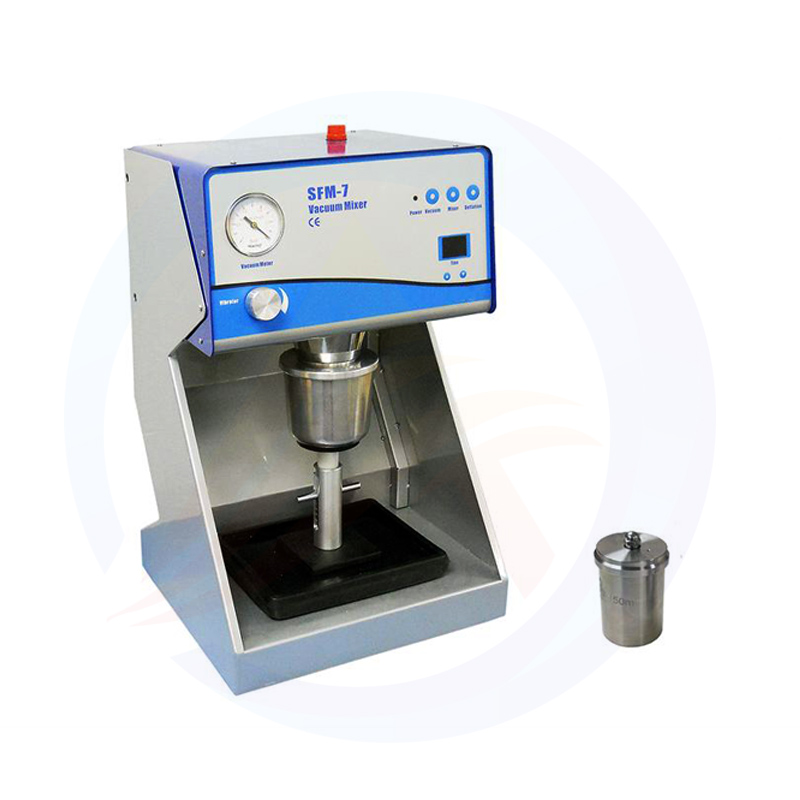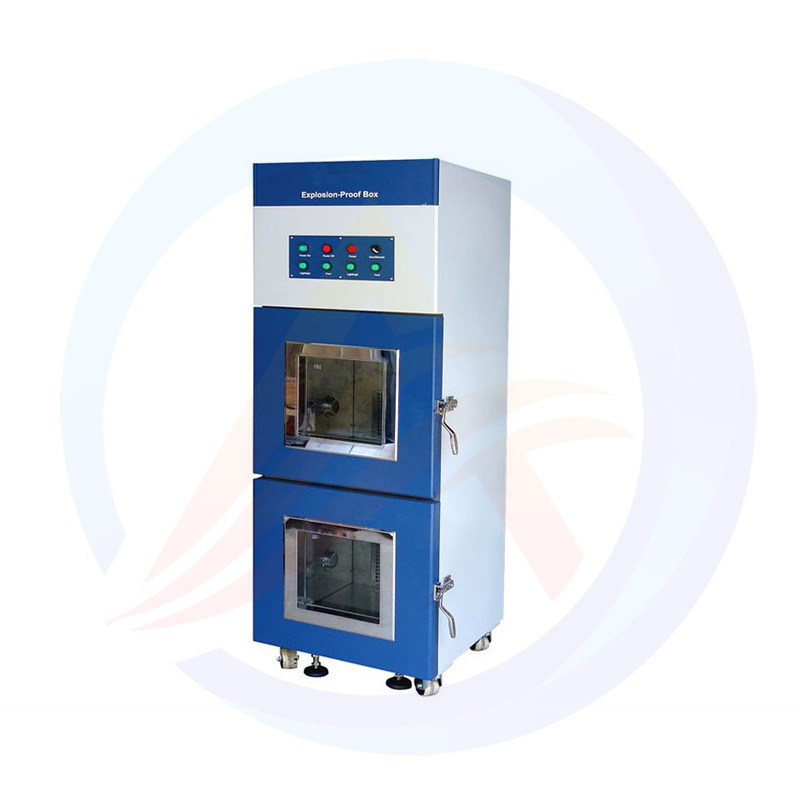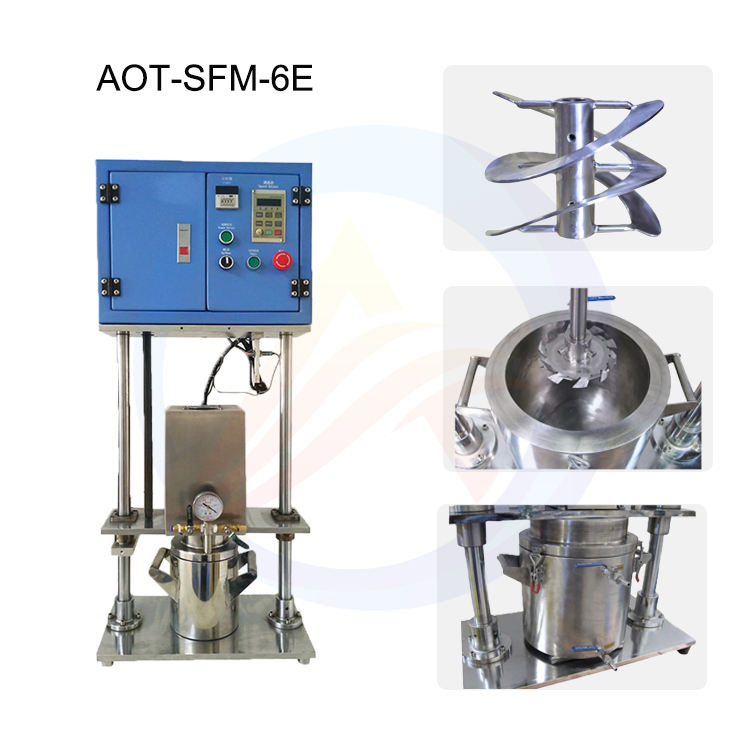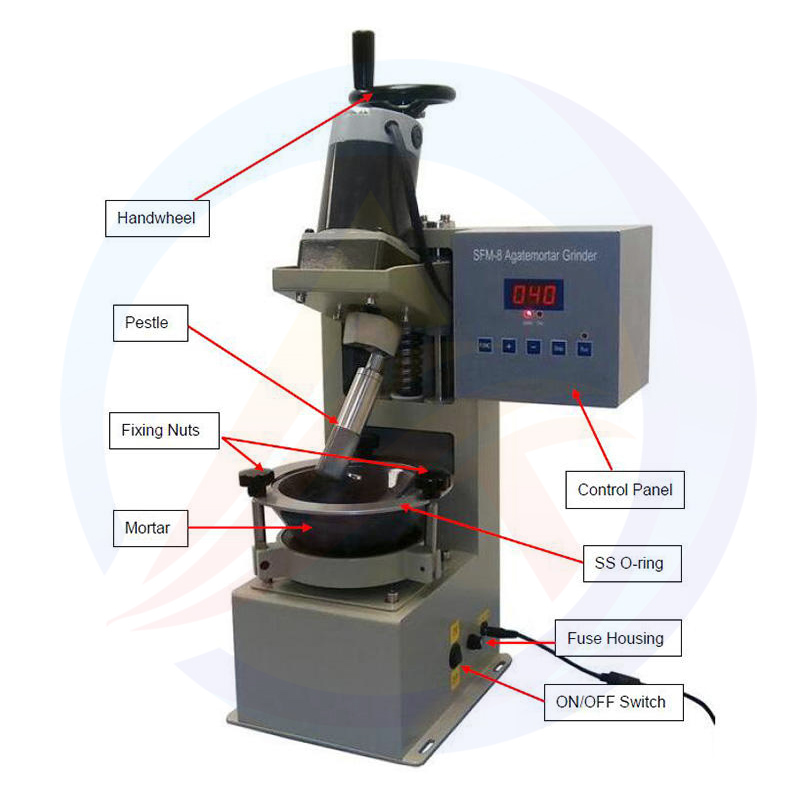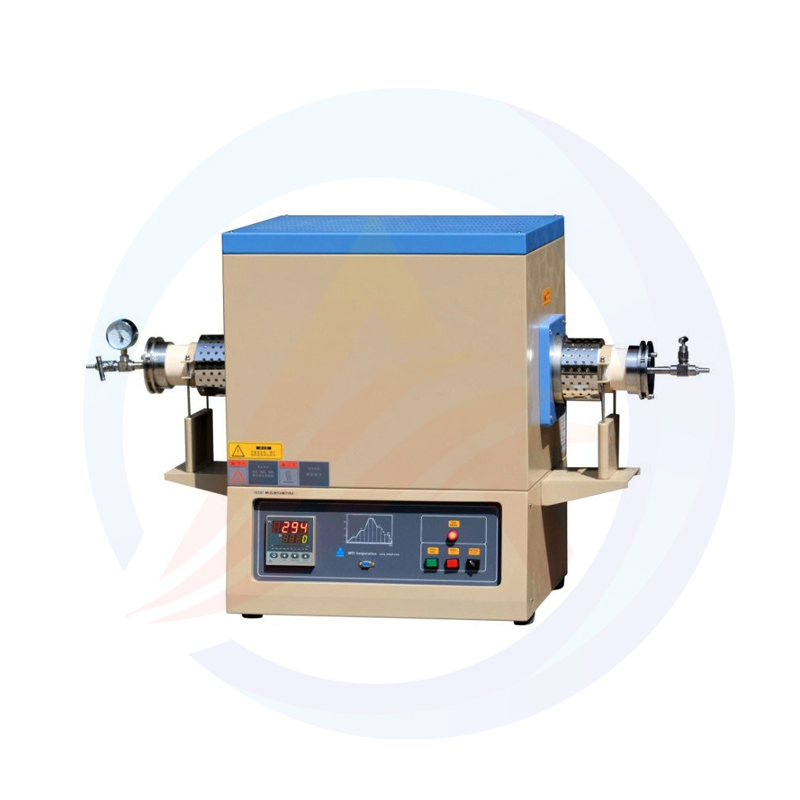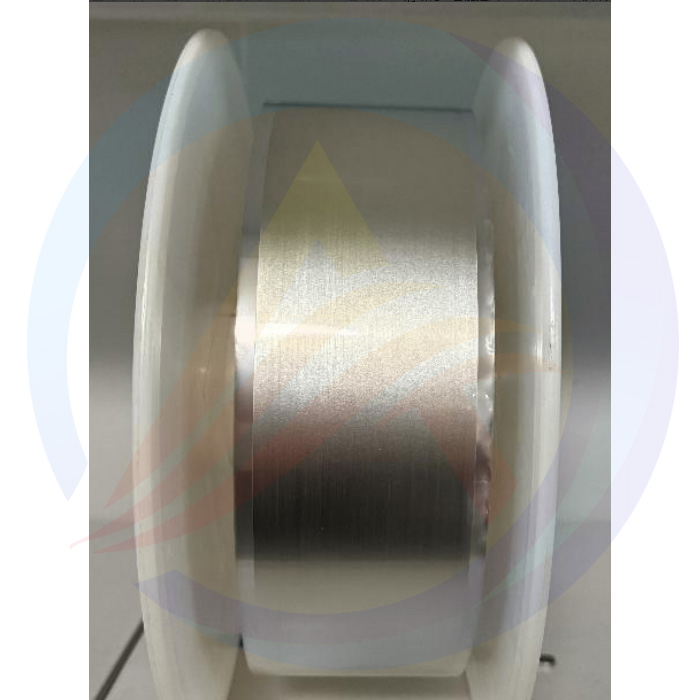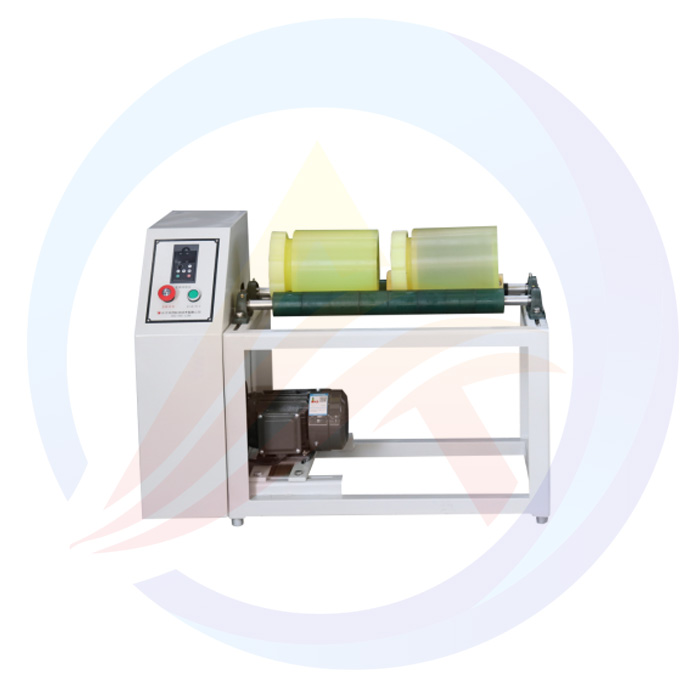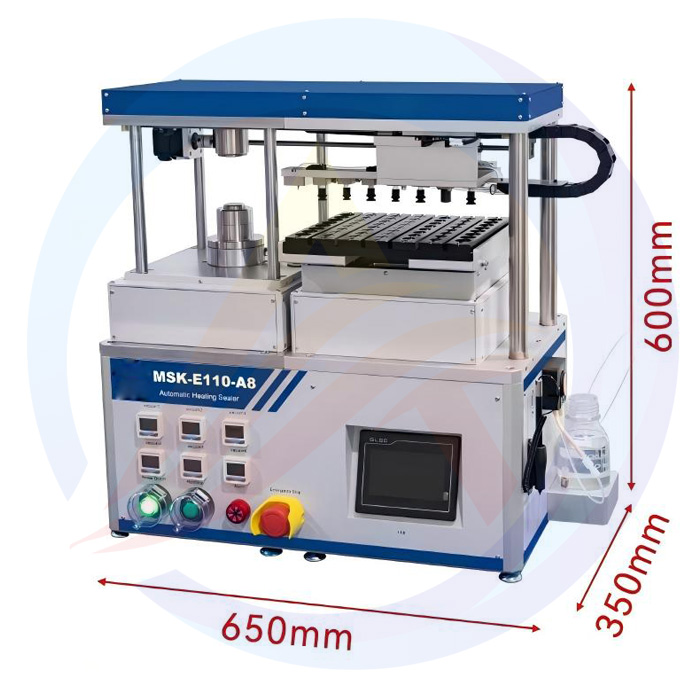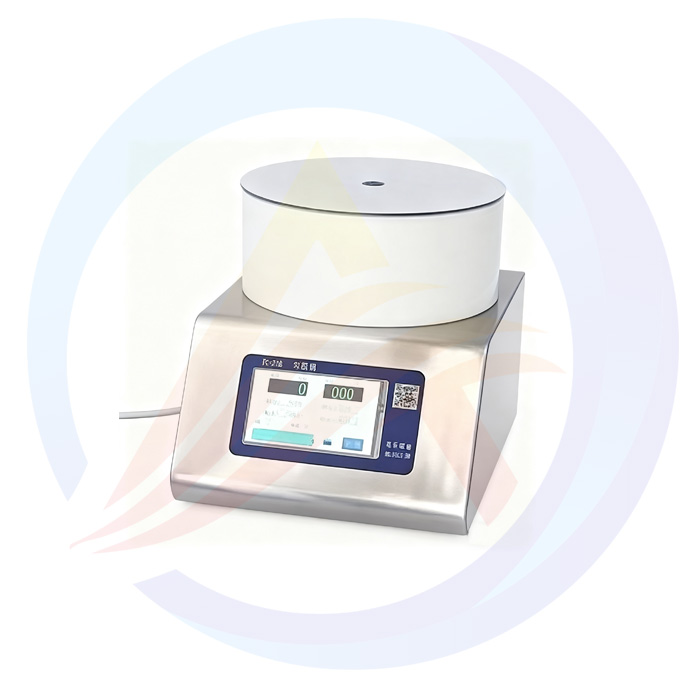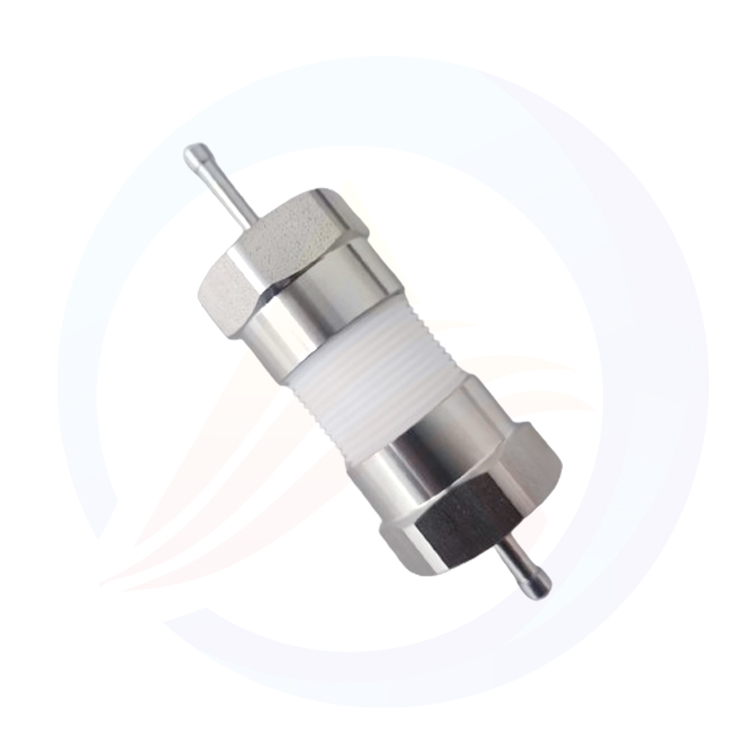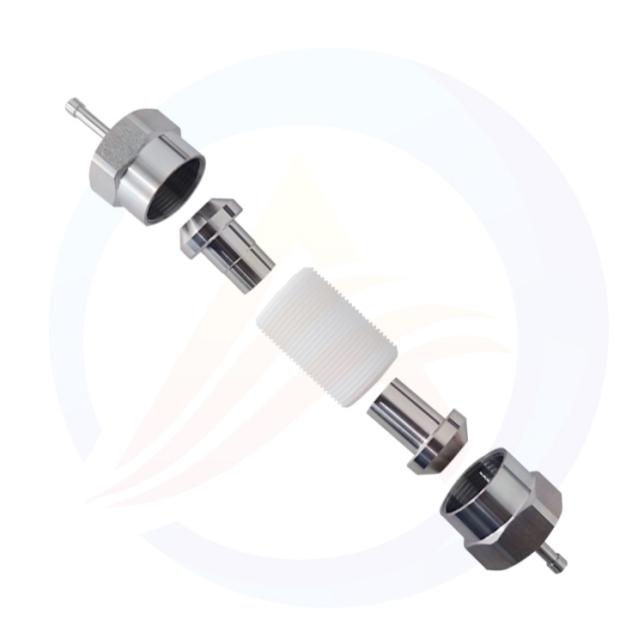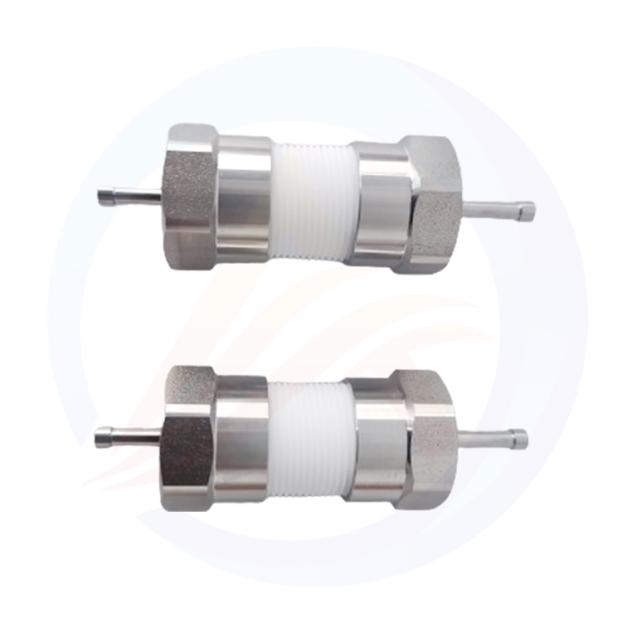Swagelok cell is a three-electrode testing device that introduces a reference electrode into a traditional two-electrode system, enabling more accurate measurement of material current data.
Swagelok cell -- An improved battery testing device based on the traditional three-electrode system, capable of measuring various parameters such as the true potential plateau, peak values, current magnitude, polarization, bioenzyme catalytic current, and gas catalyst current in a three-electrode setup. Compared to conventional three-electrode systems,Swagelok Cell offers lower polarization, test signals closer to the material's true values, smooth and stable testing curves, and excellent sealing performance.
Is Swagelok Cell better than traditional three-electrode systems? What advantages does it have?
1. Low Polarization, Stable Testing, and Continuous Electrode Curves
Traditional three-electrode systems have a long inter-electrode distance, leading to significant concentration polarization, which causes substantial polarization in electrochemical reactions. Additionally, reactions at the triple-phase boundary (solid-liquid-gas interface) are particularly intense, resulting in fluctuating and uneven electrochemical curves that introduce interference during testing.
In contrast, Swagelok Cell has an extremely small electrode distance (<0.1 mm), perfectly simulating the testing environment of coin cells and pouch cells. This technology greatly reduces the impact of concentration polarization. Furthermore, the electrode sheet is fully immersed in the electrolyte, avoiding instability caused by triple-phase boundary reactions, resulting in smooth and continuous electrochemical curves and stable testing conditions. This allows for a more accurate reflection of the material's current behavior in electrochemical tests.
2. Excellent Sealing Performance and Ease of Operation
Compared to traditional three-electrode systems, Swagelok Cell is fully sealed, making it suitable for testing organic systems. Swagelok Cellprovides excellent sealing for commercial lithium-ion, sodium-ion, and potassium-ion batteries, as well as research-based organic magnesium-ion, calcium-ion, zinc-ion, aluminum-ion, iron-ion, and copper-ion batteries. It can also be used for lithium-air battery testing, delivering smoother electrochemical curves than other setups. It is ideal for investigating parameters such as true potential plateaus, peak values, current magnitude, polarization, bioenzyme catalytic current, and gas catalyst current in organic three-electrode systems.
Traditional three-electrode batteries have poor airtightness, require more electrolyte, and exhibit more severe side reactions with electrodes. Additionally, organic electrolyte systems are difficult to handle, leading to numerous issues during testing.
3. Lower Polarization for More Accurate Electrochemical Data
The Swagelok cell exhibits minimal electrochemical polarization, ensuring greater system stability. During operation, the working and counter electrodes are primarily influenced by the intrinsic reaction kinetics of the electrode materials themselves, free from interference caused by the testing setup. This provides a stable environment for studying energy storage, catalysis, adsorption, and electrochemical corrosion of electrode materials, enabling faster characterization and optimization of material properties.
4. Broader Operating Conditions, Compact Size, Ease of Use, and Minimal Electrolyte Consumption
The Swagelok cell is more compact and can accommodate a wider range of electrolyte pH levels. Swagelok Cell operates reliably in nearly all environments except extreme temperatures above 320°C, making it suitable for strongly acidic/alkaline systems, moderate-to-high temperatures, and cryogenic conditions. Its setup is significantly smaller and more user-friendly than traditional electrodes. The screw-type connection simplifies electrode assembly, allowing installation two to three times faster than conventional three-electrode systems. Additionally, it requires minimal electrolyte—just a few drops are sufficient to wet the separator and initiate testing.

